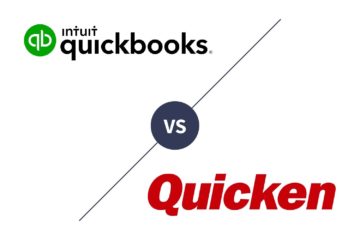How Does Annual Percentage Rate Imply on Credit Purchase

APR, or annual percentage rate, is the interest rate that you will have to pay for a loan. The APR also includes other fees that are associated with the loan. It is different from the interest rate because it also includes other fees that are associated with the loan.
This can be a good thing if there are no hidden fees, but on the other hand, it can be bad if there is an additional charge that wasn’t mentioned at first.
This article will cover what is APR, what is a good APR, and what are the factors involved.
What Is Annual Percentage Rate?
APR is the annual interest rate you will be charged if you make a purchase using your credit card. This rate is calculated by adding together all of the separate fees associated with the purchase and dividing it by 12 months. According to the experts at SoFi, “The APR on a credit card represents the total cost of the loan expressed in annual terms. A credit card’s APR includes the interest rate as well as any fees, including for late payments, foreign transactions, or returned payments.”
It also includes any other additional fees that are added on top of those associated with your transaction, such as late payment fees or interest rates applied when purchases are made in installments.
The APR is important because it shows how much money you will spend over time on interest charges if you don’t pay off your balance in full at the end of each month. If you have an outstanding balance left over from one month to another, then this can be very expensive in terms of what percentage of your overall debt goes towards paying off interest rather than actually being paid down towards reducing what amount of money was borrowed originally.
How Does Annual Percentage Rate Imply on Credit Purchase?
The APR is a measure of the cost of borrowing money, expressed as a yearly rate. It is used in the US to compare loans that have different terms and conditions. The APR is calculated by dividing the total cost of the loan by the amount borrowed.
When you take out a loan, you will be charged interest on all borrowed funds in addition to other fees, such as late payment penalties or processing fees. The interest rate can vary according to your credit history and whether you are applying with bad credit or good credit.
Factors that Influence APR
The length of the loan. Lenders charge a higher rate for long-term loans because they don’t want to be stuck with a borrower after the loan has been paid off. This is why car loans and mortgages have higher APRs than credit cards and personal lines of credit.
The size of the loan. A larger amount borrowed means more risk for lenders—they might not get paid back in full if something goes wrong with your financial situation—so they charge you more interest as compensation for their added risk-taking on you as a borrower.
APR vs. Interest Rate
Annual Percentage Rate, or APR, is the interest rate you pay for borrowing money. The interest rate is what you pay for borrowing money, and APR adds other fees such as annual fees, cash advance fees, etc. When comparing the cost of credit purchases from different lenders, focus on the APR rather than just looking at advertised rates because it provides a better representation of what you’ll actually be paying in interest and other costs over time.
The annual percentage rate (APR) of a credit purchase is the interest rate that you have to pay on your loan. It’s calculated as one part of what could be thousands of other fees and charges, so it’s important to understand how these numbers work together.












